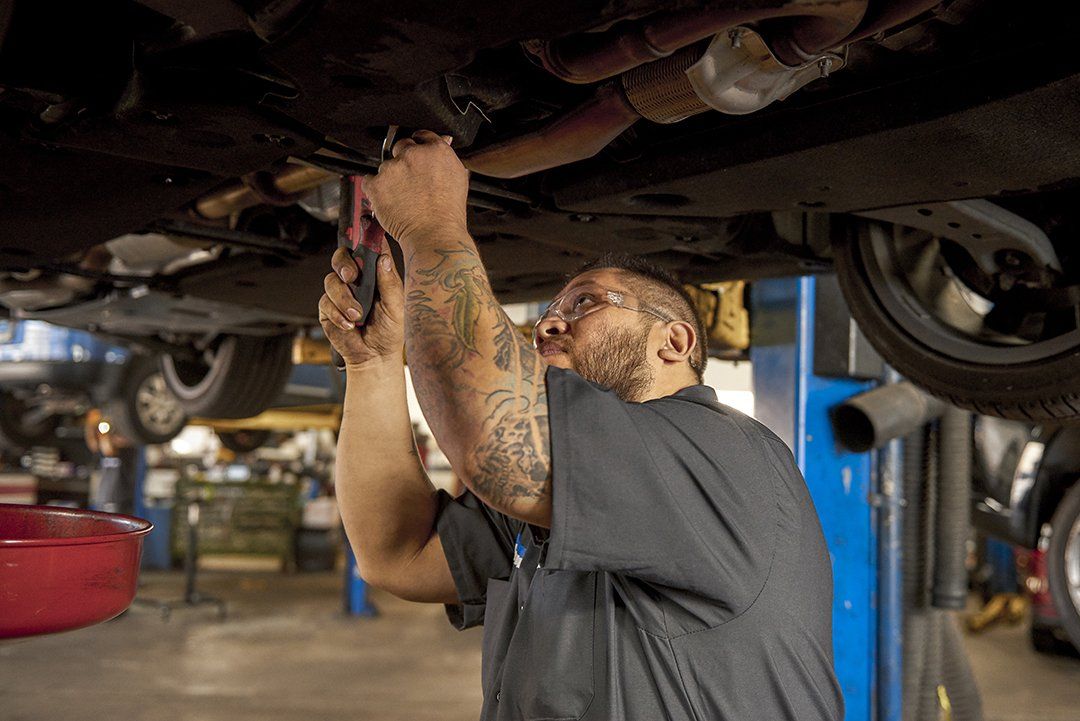Hand-operated transmission systems, also called hands-on gearboxes or standard transmission, call for vehicle drivers to by hand select equipments using an equipment stick and run a clutch pedal. This setup offers direct control over the automobile's power and rate, permitting a much more engaged driving experience. The core components of a hand-operated transmission include gears, shafts, and synchronizers, which work together to send engine power to the wheels successfully.
In a normal manual transmission, the chauffeur uses the clutch pedal to disengage the engine from the transmission, selects the preferred gear using the gear stick, and after that releases the clutch to re-engage the engine with the new gear proportion. This procedure enables exact control over the lorry's efficiency, allowing chauffeurs to enhance power delivery for various driving problems. The direct mechanical connection in manual transmissions commonly causes better gas effectiveness and an extra linked feeling between the vehicle driver and the lorry.

The drivetrain in lorries with manual transmissions contains numerous vital parts:
•Clutch: Engages and disengages the engine from the transmission to enable equipment changes.
•Transmission: Includes a collection of equipments that can be chosen to readjust the automobile's speed and torque.
•Driveshaft: Sends power from the transmission to the differential.
•Differential: Disperses power to the drive wheels while permitting them to turn at different speeds, especially during turns.

Recognizing these components is vital for appropriate lorry upkeep and procedure, guaranteeing a smooth and receptive driving experience.
Check for more info at Logan Square Auto Repair - Automatic/Manual Transmission Systems Facebook Youtube Instagram
Navigation
Latest Posts
Check Out Bill Walsh Ford - Affordable Used Vehicles in Ottawa, IL Inventory!
Indicators You Need a New Battery-- Allow Modern Nissan of Hickory Aid
Equipping Mobility with Hyundai of Albany